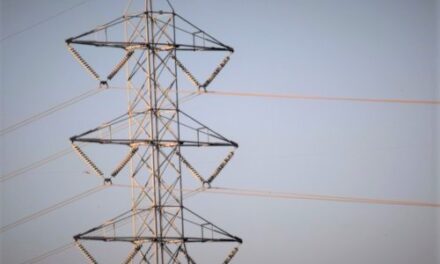SAN FRANCISCO–The California Public Utilities Commission (CPUC) today approved Pacific Gas and Electric Company’s (PG&E) request to retire the Diablo Canyon Nuclear Power Plant in San Luis Obispo by 2025.
In making its decision, the CPUC evaluated the schedule for closure of the power plant, PG&E’s request for replacement procurement, and requests for cost recovery, some of which were supported by various parties in settlement agreements. The CPUC authorized PG&E to recover in rates $241.2 million in costs associated with retiring the plant: $211.3 million to retain PG&E employees until the power plant is scheduled to close; $11.3 million for retraining of workers; and $18.6 million for Diablo Canyon license renewal expenses incurred by PG&E.
“Diablo Canyon has been a source of reliable and clean electricity – and employment – in San Luis Obispo for many years now. But the plant is no longer economic, and the owner, PG&E, has asked to close it down,” said CPUC President Michael Picker, the Commissioner assigned to the proceeding. “We looked hard at all the arguments, and the Commission agrees that the time has come. We have laid out a fair and reasonable pathway to clean power replacement, as well as a program for retaining skilled workers over the course of the next seven years.”
The CPUC denied PG&E’s request for $85 million for a Community Impact Mitigation Program (CIMP) in the absence of express legislative authorization, although PG&E may choose to use shareholder funds to support the CIMP.
The CPUC further determined that consideration of any electricity procurement that may be needed to replace Diablo Canyon should be addressed in the CPUC’s Integrated Resources Procurement proceeding, which is actively considering the optimal mix of resources needed to reduce the greenhouse gas emissions from the electric sector while simultaneously maintaining reliability and minimizing costs to customers.
On August 11, 2016, PG&E filed an Application with the CPUC proposing to retire Diablo Canyon upon the expiration of its current operating licenses. Unit 1 of the power plant expires in 2024 and Unit 2 expires in 2025.





